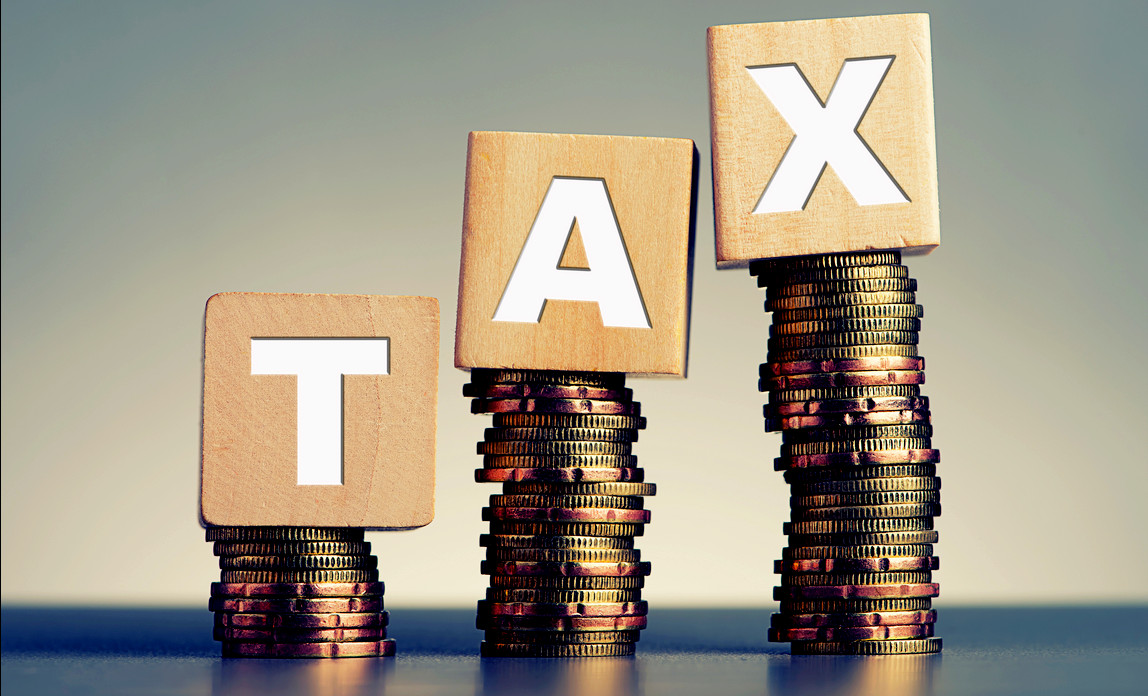-By Investigative Correspondent

(Lanka-e-News -21.Feb.2025, 11.20 PM) Sri Lanka’s tax system is a bureaucratic maze—three different government departments, three different sets of rules, and three different sets of decision-makers, all chasing the same goal: collecting revenue for the government.
Sri Lanka Customs collects import duties. The Excise Department handles alcohol, tobacco, and other special product taxes. The Inland Revenue Department oversees corporate and personal income taxes. In theory, they all serve the same purpose: funding the government. But in practice, these three departments operate in silos, leaving loopholes, inefficiencies, and opportunities for tax evasion.
So, the big question is: should Sri Lanka merge these departments into one unified tax authority, like the UK’s HM Revenue & Customs (HMRC)? Experts say such a move could increase tax revenue collection by at least 65%. And with the country’s budget deficit standing at a staggering Rs. 22 trillion, the government can no longer afford inefficiency.
1. Three Departments, One Job—Why the Duplication?
Imagine running a business where three different teams manage sales, marketing, and customer service without speaking to each other. That’s Sri Lanka’s tax system. Customs, Excise, and Inland Revenue all collect taxes, yet they operate independently, often with conflicting regulations and poor coordination.
For example:
A brewery pays excise duties to the Excise Department.
The same brewery’s corporate income tax falls under Inland Revenue.
Its imported raw materials are taxed by Sri Lanka Customs.
Each department collects its own data but doesn’t share it. Inland Revenue doesn’t automatically know how much alcohol a company imported or sold. Customs doesn’t track whether an importer is underreporting sales to dodge income taxes. This lack of integration creates blind spots that tax evaders exploit.
2. Loopholes and Tax Dodging Made Easy
Because these departments don’t coordinate, companies and individuals can manipulate the system. Importers under-declare shipments to Customs, while the same goods generate revenue that isn’t reported to Inland Revenue. Smugglers move products without excise duties being paid. Meanwhile, alcohol distributors who pay excise taxes might still underreport their profits to avoid corporate taxes.
Merging all tax-related functions under one department would mean one set of records, one source of truth, and a digitalized, centralized system that tracks all transactions seamlessly.
3. Cut Costs, Increase Efficiency
Running three separate departments isn’t just inefficient—it’s expensive.
Administrative costs triple, with each department maintaining its own staff, IT systems, and offices.
Decision-making is slow, as departments struggle with overlapping jurisdictions and conflicting rules.
Corruption risks increase, as tax officers work in isolated units with little oversight from other branches of government.
The UK merged its tax agencies into HM Revenue & Customs (HMRC) in 2005, streamlining operations and increasing tax compliance. Countries like Australia, Canada, and New Zealand also operate single tax authorities, significantly reducing fraud and improving revenue collection.
1. Bureaucratic Resistance
Let’s be honest: no government department willingly agrees to be merged or downsized. A unified tax authority means reducing administrative redundancy, which could lead to job losses in middle management.
2. Lack of Political Will
Tax reforms are rarely popular. Sri Lanka’s politicians often hesitate to make bold changes, fearing backlash from businesses and government employees. But with the country’s fiscal crisis worsening, there’s no room for complacency.
3. Outdated Systems and Digital Gaps
Sri Lanka’s tax system is largely paper-based, with limited interconnectivity between departments. A merger would require a modern digital tax infrastructure—something the government has been slow to adopt. However, with international bodies like the IMF pushing for reforms, now might be the best time to invest in automated tax tracking and AI-driven analytics.
In 2005, the UK merged Customs & Excise with Inland Revenue, creating HMRC. This move allowed:
A single tax database, reducing fraud and tax evasion.
Automated cross-checking, ensuring businesses couldn’t underreport in one area while profiting in another.
Better enforcement, with tax officers having access to all financial records in one place.
Sri Lanka could replicate this model by:
Merging Customs, Excise, and Inland Revenue into a single entity.
Implementing digital tracking systems that flag discrepancies in tax filings across departments.
Training officers across multiple tax disciplines to ensure better compliance and enforcement.
A unified Sri Lanka Revenue & Customs (SLRC) department could:
Create a single taxpayer ID system, linking business transactions, imports, and tax filings.
Use AI-driven analytics to detect tax fraud and revenue leakages.
Reduce corruption by centralizing oversight and minimizing manual interventions.
Cut costs by eliminating duplicate administrative roles.
Most importantly, Sri Lanka could recover billions in lost tax revenue, helping bridge the budget deficit without relying solely on external borrowing.
Sri Lanka’s tax system is outdated, inefficient, and costly. Maintaining three separate revenue-collecting departments only benefits tax evaders and increases administrative waste. Merging Customs, Excise, and Inland Revenue into one department—just as the UK did—would increase efficiency, improve compliance, and significantly boost tax collection.
With an Rs. 22 trillion budget deficit, the government has no choice but to modernize its revenue collection strategy. The real question is: will Sri Lanka’s leaders finally act, or will bureaucratic inertia continue to cost the country billions?
Only time (and maybe the next IMF report) will tell.
-By Investigative Correspondent
---------------------------
by (2025-02-21 18:27:53)
Leave a Reply